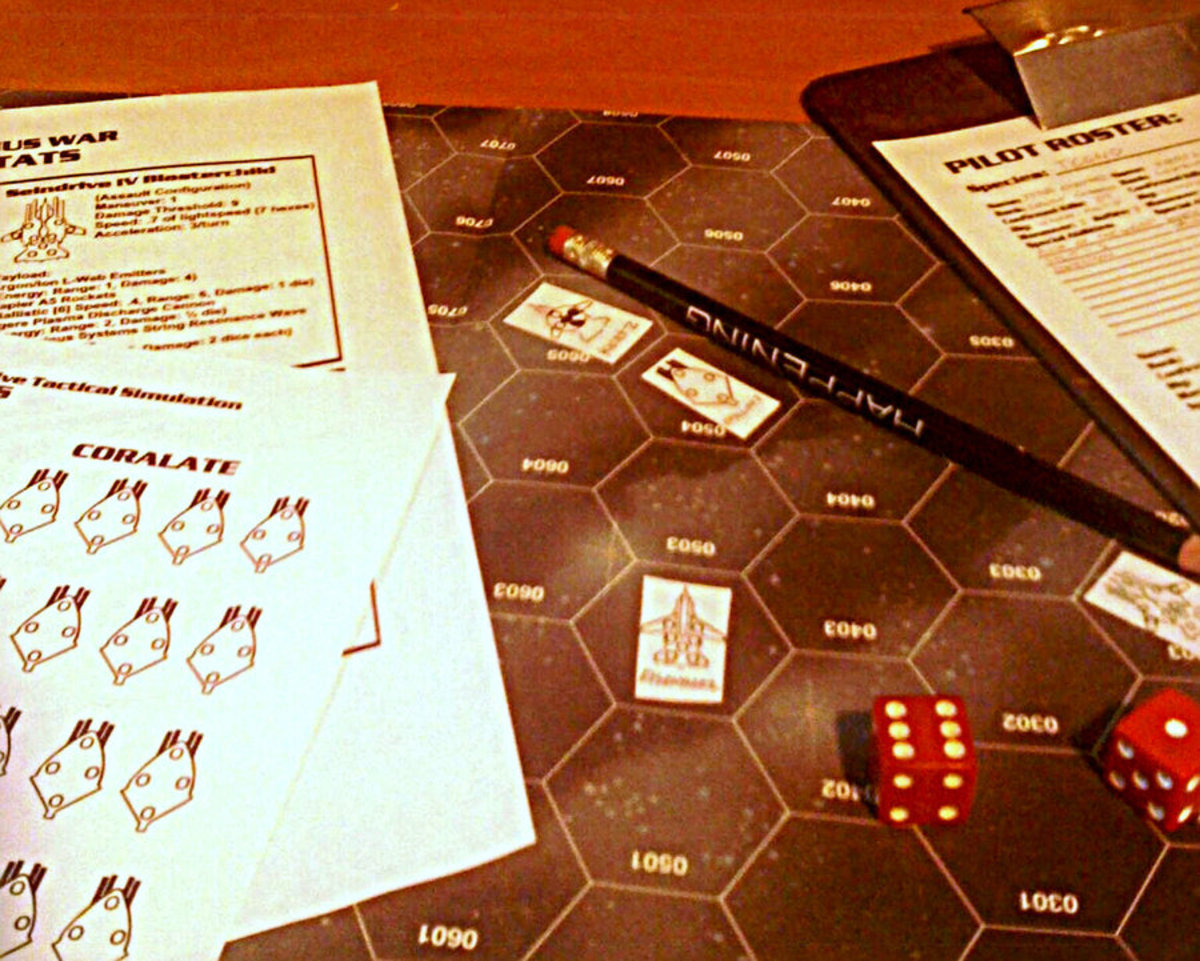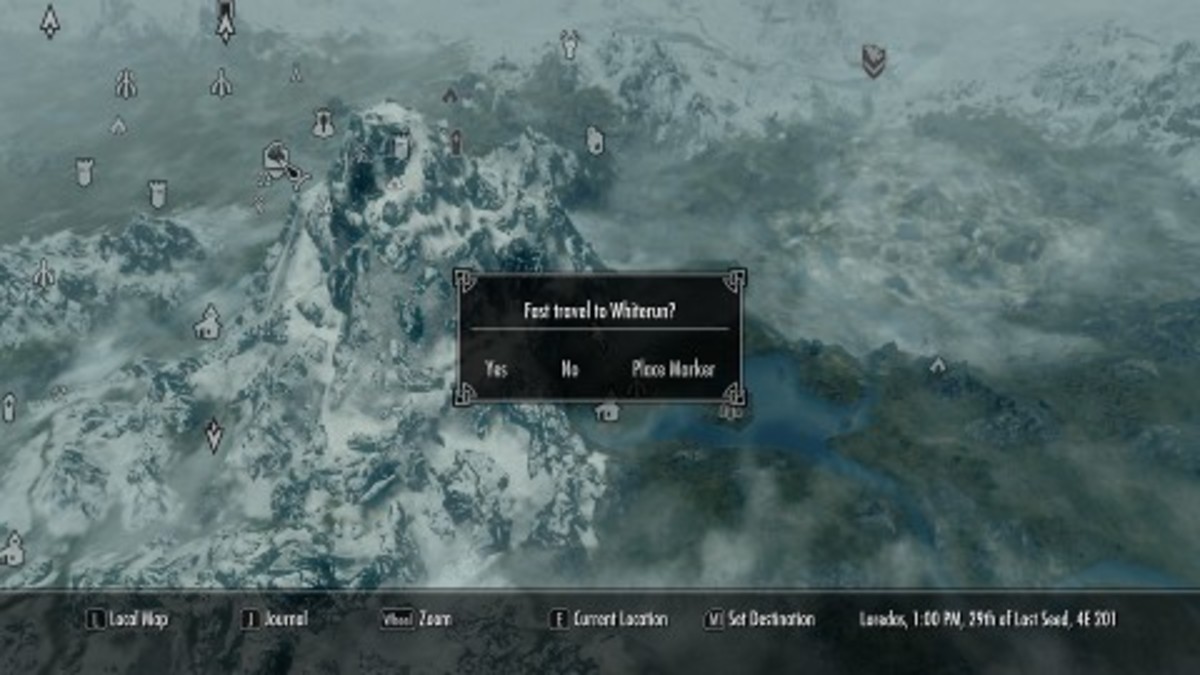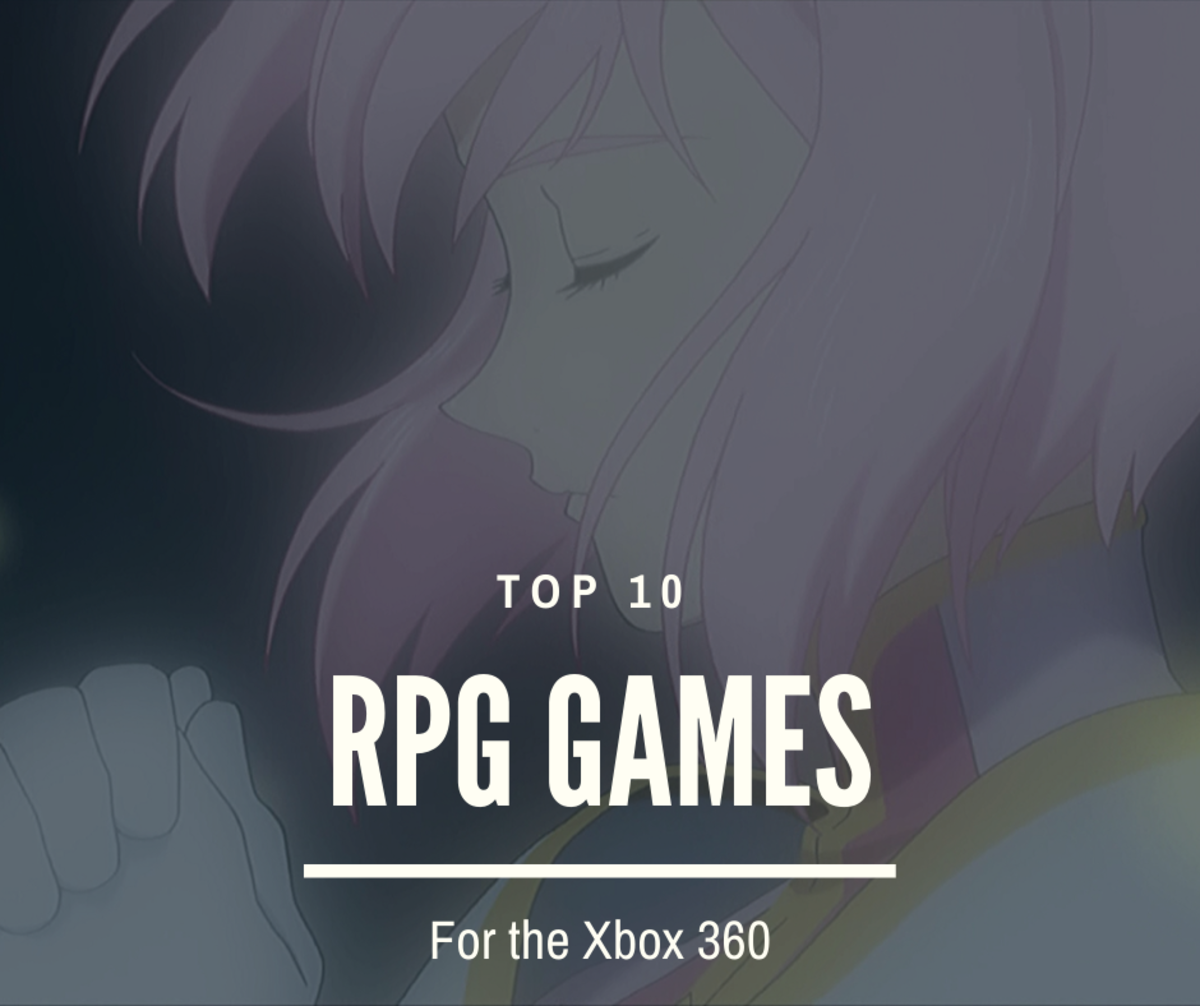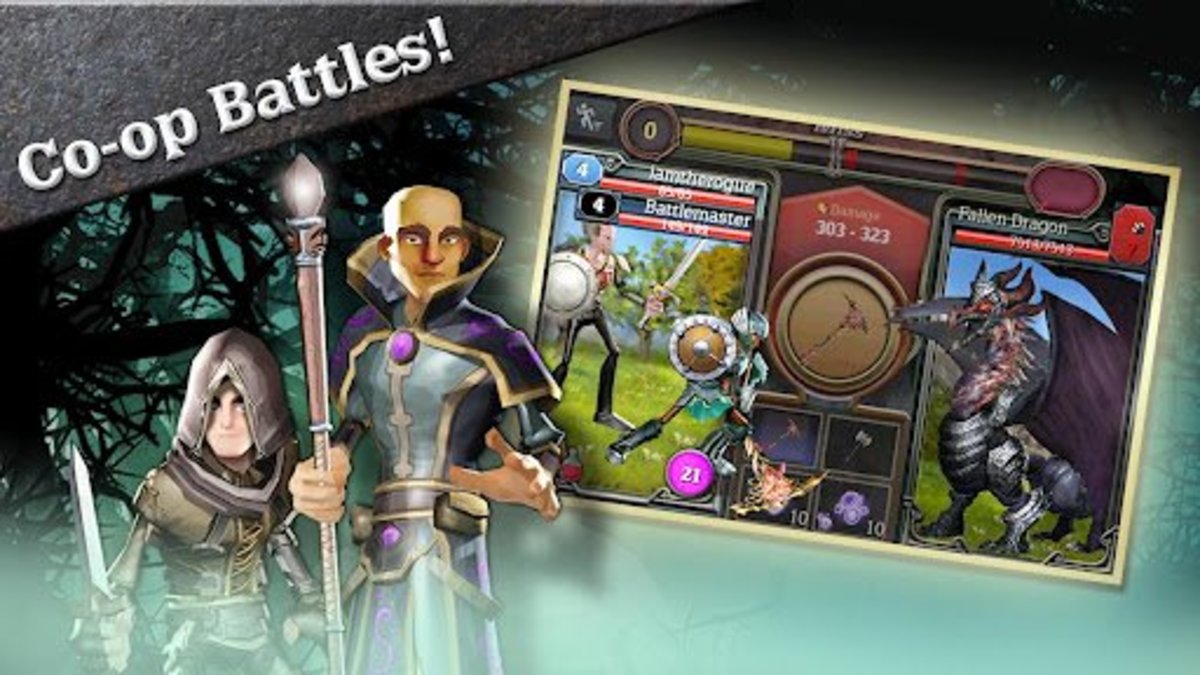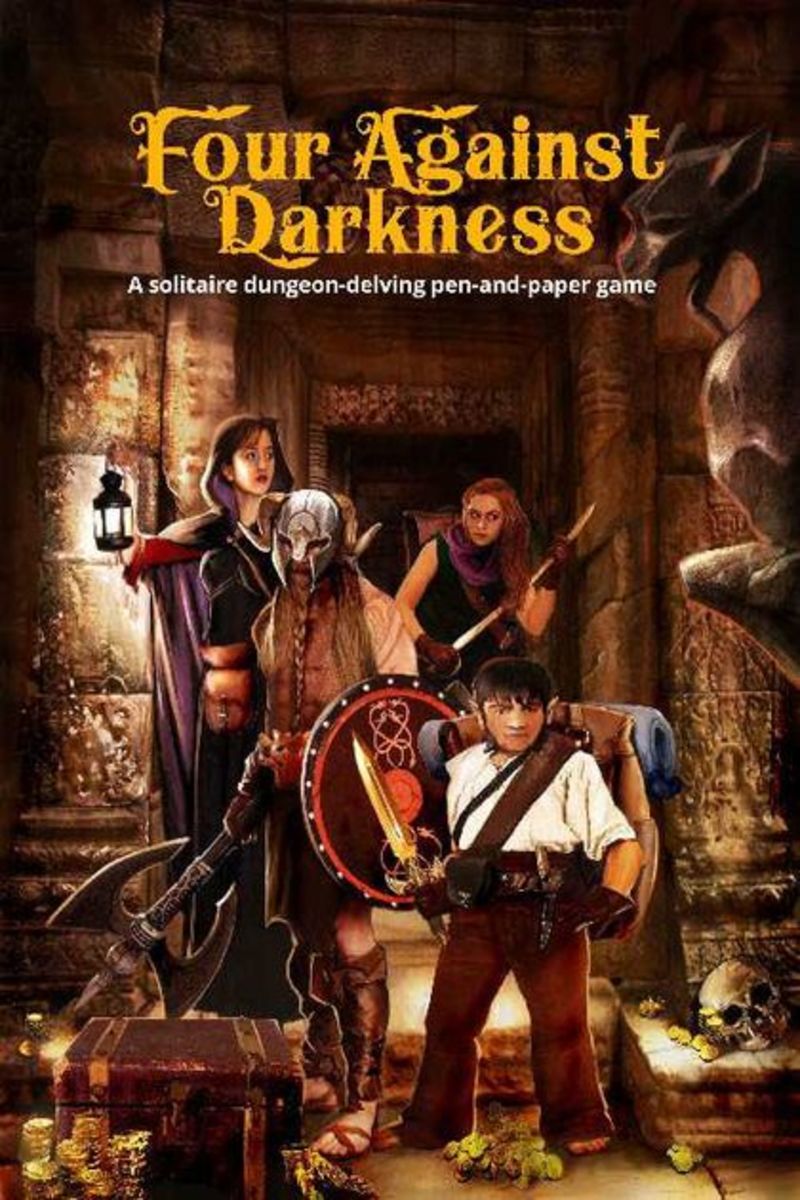Palladium Books: RPG Books Designed to Thrill
Palladium Fantasy Role-Playing Game
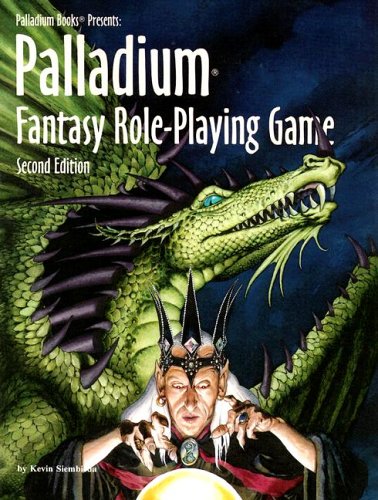
Palladium Books: RPG Books Designed to Thrill
Thinking back, I remember I was in Junior High School when I was first introduced to RPGs (role-playing games for the uninitiated), and my first experience in the gaming world was none other than Teenage Mutant Ninja Turtles & Other Strangeness by the relatively small role-playing game company, Palladium Books. I want to say I was in eighth grade, so that would have made me about 13, circa 1992. My mother was a Catholic who had bought into the propaganda of role-playing games (RPGs) being evil things used by satanic cults to summon demons and recruit young, impressionable minds. Oh, how cool would that be?!? Summon real demons at 13? She would’ve never had to worry about me getting a bad grade again. Of course, it’s not true, and instead of being fit with some set of otherworldly powers, I was relegated to a relative like of geek-dom. Thank goodness geeks are cool these days. They are…right?
Anyhow, here I was all of less than a decade and a half of experience under my belt with an active (perhaps overly so) imagination. Playing RPGs allowed me to travel the universe—both real and imagined—fight off vicious aliens, save primitive worlds, thwart the plans of a ruthless terrorist organization with plans to rule the world, all sorts of cool stuff. I would spend hours talking about and playing RPGs with my friends. I would stay up late and get up early to write my own stories in my head, often based off the worlds presented to me in RPGs.
Palladium Books Teenage Mutant Ninja Turtles & Other Strangeness
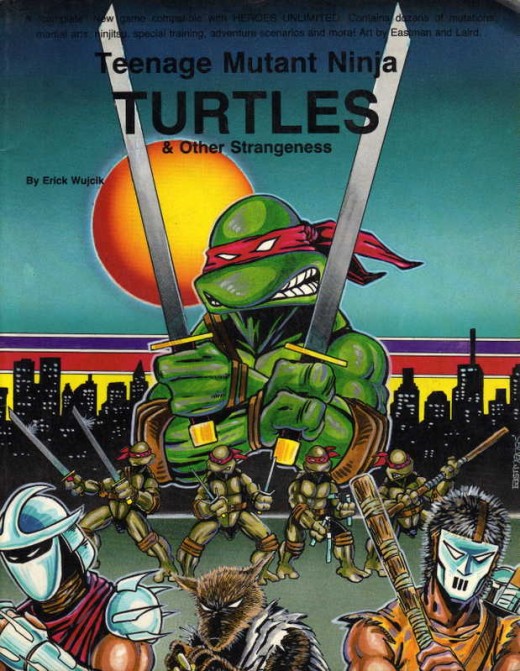
Palladium Books & RPGs in General
The Teenage Mutant Ninja Turtles & Other Strangeness RPG, or TMNT&OS, or simply TMNT RPG, as I said, was my first foray into the gaming world. There have been several RPGs since. Dungeons & Dragons (Advanced 2nd Edition and beyond, to be slightly more specific), the World of Darkness Storytelling Game (both old and new), Blue Planet, DragonBall Z (although I never got into the show), Jovian Chronicles, and so many more. Through the years, the RPGs have come and gone. I don’t get as much chance to play as I once did, but RPGs still hold a fond place in my heart. Of all the different role-playing games I have experienced, however, I have yet to find one the raw creativity bred within the pages of Teenage Mutant Ninja Turtles & Other Strangeness by Palladium Books.
Palladium Books is a relatively small player in a big market. Since day one, Palladium games have been different from everyone else on the market. Palladium Books usually have black and white interior line art with full color soft covers. They can range from less than 200 pages to more than 400. Their layout quality and editing leaves something to be desired, but that’s a technical matter. I caught glimpse of one of their recent publications as well, and I believe Palladium Books has taken the necessary steps to enhance the quality of their publications.
Meanwhile, the content and material within the games from Palladium Books has also proved to be very different from those of other RPG companies. Some RPG publishers put a large book (200-400 pages) together, full of rules. These gaming books might be full color or black and white, hard cover or soft cover, but a majority is dedicated to the rules of the system with limited options for the players—even in games that promise near limitless potential for character design.
Palladium Books Inspired YouTube Homage
RPG Supplement Books

Palladium Books Supplements
One book does not a successful RPG company make. In answer to this, the gaming companies put out two kinds of book after the first core rulebook. The most common type of book they put out for role-playing games is what they call a supplement. The RPG supplement is most often a book filled mostly with story and minimal rules. A lot of time, money, and effort goes into developing new rules. For ease of gameplay, the rules in the main book are typically all you need. An RPG supplement is mostly flavor by default. It talks about a specific game world, group in the fictional setting, geographic region to add to the games, etc. For some people, these are great. They spend hours reading and re-reading material, trying to emulate the game world as envisioned in the RPG designers’ minds. For those who take a more creative spin, creating their own vivid RPG campaign worlds, these supplements may have a nugget or two to fuel their ideas, but are generally not worth anywhere near as much as the RPG publishing company is charging for them. Many a times have I heard role-players cry afoul after purchasing an RPG supplement that doesn’t have the information they need or want for their games.
Palladium Books takes a different approach to RPG supplements. Palladium RPG supplements are based off of the core rules of the Palladium system, which can be gotten by buying anyone one of a number of books, depending which genre the gamer is interested in playing in. The supplements may describe a new world or dimension or type of character or story, but they have a plethora of new and useful information even for those who have created their own campaign world. Palladium Books’ supplements are known for introducing new types of characters—generally, these are known as O.C.C.’s, P.C.C.’s, and R.C.C.’s—other RPGs might refer to these character types as classes, clans, archetypes, amongst other things. There are new weapons and gear in each Palladium supplement. They always seem to contain a good mix of both story and crunch.
Palladium Books Rifts Conversion Book Revised Edition
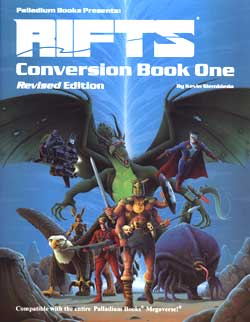
Palladium Books RPGs and Editions
Earlier, I mentioned there were typically two types of games published by RPG companies. We just discussed the more common type of RPG book out there—supplements. The other type of RPG you are likely to find is a new edition. Role-playing games are known for tweaking and re-designing their core rules every so often—usually once every 5 or 6 years, sometimes longer. When they do this, they release a new RPG. This new RPG is usually a new edition of the previous game. It has what the RPG publishers would consider enhancements to their games. It is a new core rule book for the same RPG. Sometimes, there are minor changes. In other cases, the RPG has been completely overhauled.
Palladium Books has been using the same system since I started playing back in the early 90s. I’ve seen one or two of their games move over to revised editions, where the changes are mostly minor. The core rules are still the same. Anytime they have done an update, they have included Palladium conversion rules, so it was easy to transfer characters designed under and earlier set of rules to the new set of Palladium core rules. Kevin Siembieda and his team over at Palladium Books have worked hard to avoid revisions. They believe in putting out the best RPG product possible the first time. While some certainly may not agree that they are achieving their goals, others do believe Palladium RPGs are the best.
A Fan Made Trailer for Palladium Books Rifts Movie
Palladium Books Rifts Logo

History of Palladium Books
I had forgotten that Palladium Books started more than a decade before I ever knew what a role-playing game was. Kevin Siembieda founded the company back in 1981 on a shoestring budget—all of a whopping $3,000—and the driving will to succeed. Palladium Books first published pieces were the Mechanoid Invasion Triliogy, which was met with limited success. This was followed later by the Palladium Books weapon series of books, which provided illustrated descriptions of arms from real historical periods and could be used with a variety of different RPGs.
It wasn’t until 1983 when Palladium Books’ flagship title, the Pallaldium Fantasy Role-Playing Game (PFRPG) hit the market, which had been Kevin Siembieda’s goal all along. Palladium Books would later release several more games that were based on the same system as the Palladium Fantasy Role-Playing Game. Over the next several years, we would see Palladium Books release Teenage Mutant Ninja Turtles & Other Strangeness, Heroes Unlimited, Ninjas & Superspies, Recon, Macross, Robotech, and more. Rifts was perhaps the true crowning achievement for Palladium Books and Kevin Siembieda as it truly encompassed everything that had come before and sold more copies than any other Palladium RPG book to date.
Palladium Books Heroes Unlimited Second Editon
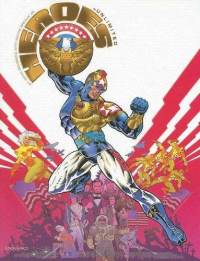
Fun with Palladium Books
As I mentioned, there are a lot of games that you can play with Palladium Books’ Megaverse system. They have espionage and adventure, super heroes, mutants, martial arts action, inter-dimensional adventures, giant robots, psychic sleuths, immortal Atlanteans, cyber-knights, and so much more. Your imagination is truly the limit with Palladium Books. New RPGs and supplements continue to be published and the old ones are still going strong. So, whether you’re a veteran gamer or someone who has just been introduced to RPGs, you owe it yourself to check out the happy little corner of the gaming industry carved out by Kevin Siembieda and his crew. I hope to cover more of these specific game lines and concept in detail with some upcoming hubs/articles, so be sure to stay tuned.
Another Fan Made Trailer for the Long Awaited Palladium Books Rifts Movie
Helpful Links
- DriveThruRPG.com - The Largest RPG Download Store!
Your one-stop online shop for new and vintage RPG products from the top publishers, delivered fresh to your desktop in electronic format. - The Home of Palladium Books and their Role Playing Games
Palladium Books, open a Rift and explore the Megaverse of RPG adventure with titles like Rifts, Heroes Unlimited, Dead Reign, Nightbane, Splicers, Robotech, Palladium Fantasy RPG, Mechanoids, Beyond the Supernatural, and more.



